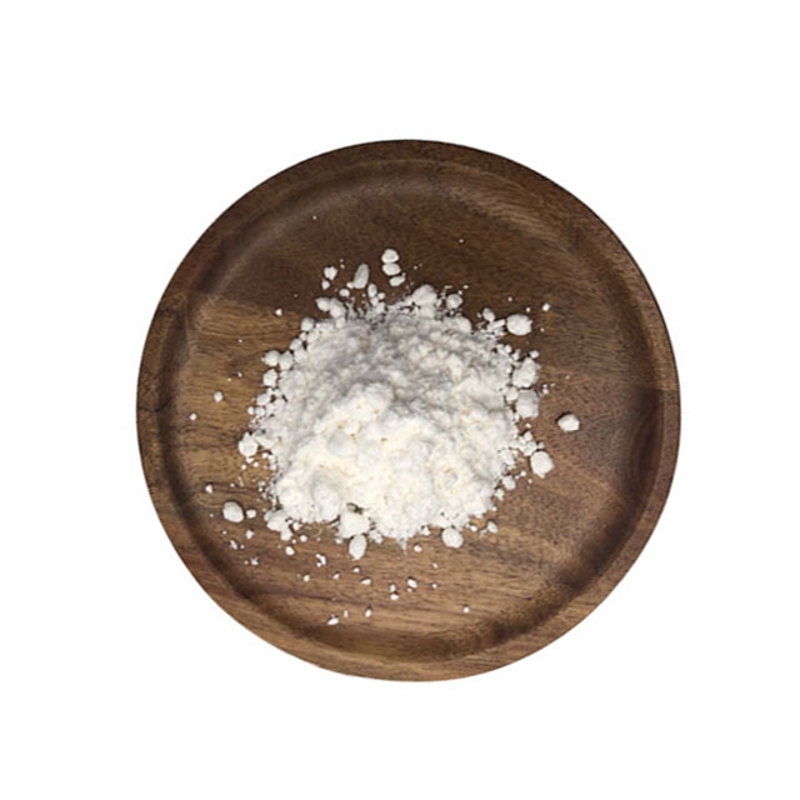-
Categories
-
Pharmaceutical Intermediates
-
Active Pharmaceutical Ingredients
-
Food Additives
- Industrial Coatings
- Agrochemicals
- Dyes and Pigments
- Surfactant
- Flavors and Fragrances
- Chemical Reagents
- Catalyst and Auxiliary
- Natural Products
- Inorganic Chemistry
-
Organic Chemistry
-
Biochemical Engineering
- Analytical Chemistry
- Cosmetic Ingredient
-
Pharmaceutical Intermediates
Promotion
ECHEMI Mall
Wholesale
Weekly Price
Exhibition
News
-
Trade Service
Hisoprotein methyl metastase has become an important therapeutic target in oncology, but its role in the pathogenesis of many malignant tumors is still unknown.
DOT1L is a histoprotein methyl transferase that can methylated histoprotein H32 in the 79th bit of lysine.
H3K79 methylation is mainly associated with transcription activation, transcriptional extension and DNA repair reactions.
previous studies have found that DOT1L plays a vital role in the pathogenesis of AML (acute myeloid leukemia) by driving the subsexuality of the MLL (mixed genealogy leukemia) gene.
PCa is the most common malignant tumor among men, with the second most fatality.
treatments for late-stage PCa are mainly achieved through targeted androgen-innoral (AR) signaling path paths.
the role of DOT1L in prostate cancer (PCa) is not yet known.
study found that DOT1L over-expression in PCa was associated with poor prognostics in patients.
genetically and chemically inhibiting the expression of DOT1L selectively impairs the activity of AR-positive PCa cells and organ-like organs, including degenerative and enzalutamide resistant cells.
sensitivity of AR-positive cells is mainly due to the combination of AR and DOT1L on the far-end K79 methylation marker enhancer of the MYC gene, which does not exist in AR-negative cells.
inhibition of DOT1L will lead to a decrease in MYC expression levels and an increase in the expression levels of MYC-regulated E3 ubiganic connective enzymes HIGHD4 and MYCBP2, which in turn promotes the degradation of AR and MYC.
eventually leads to the suppression of MYC functionality in a negative feed-forward regulation manner.
, DOT1L selectively regulates the tumor-likeity of AR-positive prostate cancer cells, suggesting that it may be a potential therapeutic target for PCa.
.







